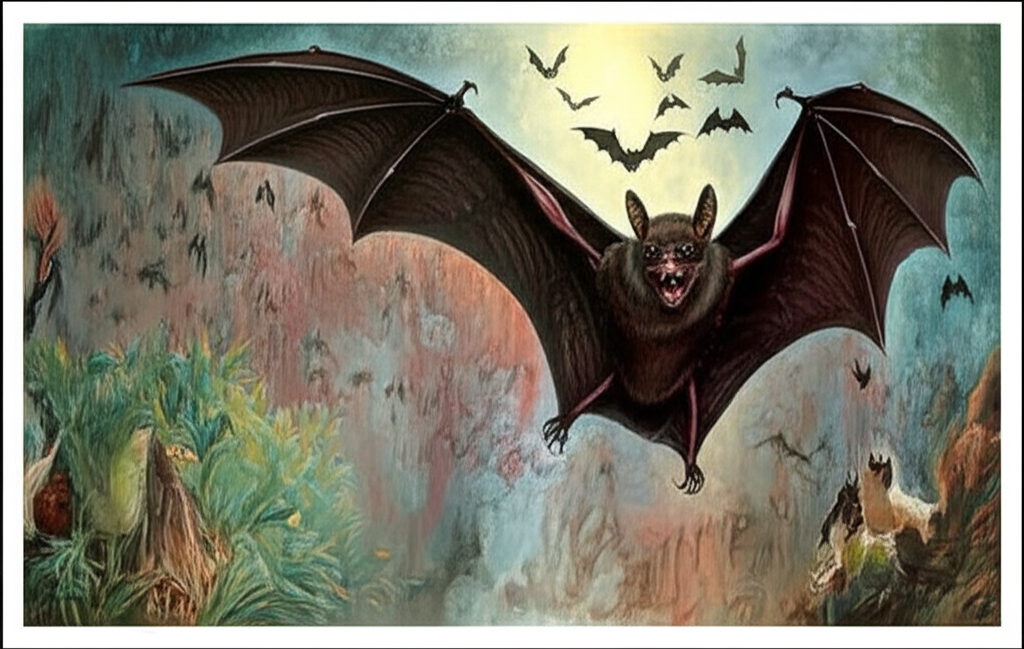
The notion that a bat flying into someone’s hair signifies demonic possession is a long-standing superstition rooted in historical and cultural beliefs. This fear, largely a Western phenomenon, stems from associating bats with darkness, witchcraft, and malevolent forces. Understanding this superstition requires exploring its origins and evolution through different eras.
The association of bats with evil can be traced back to ancient times. The Roman poet Virgil, for example, linked bats to a sense of evil by drawing parallels between them and the monstrous winged creatures described in Homer’s Iliad. Interestingly, not all ancient interactions with bats were negative. In the first century AD, charms crafted from bat bones were used to ward off evil. Similarly, the Roman naturalist Pliny the Elder recommended hanging a bat’s body upside down above a doorway as a protective measure against misfortune. These practices highlight an ambiguous early relationship, with bats simultaneously feared and used as protective amulets.
The Middle Ages saw a significant shift towards a more negative perception of bats, particularly in Europe. Their nocturnal habits earned them the label of ‘creatures of the night,’ associating them with witches and the Devil. It was considered unlucky to see a bat in daylight, and a bat entering a home was seen as an omen of impending death. Some believed bats possessed the power to bewitch those who came too close. The Devil was frequently depicted with bat wings in medieval art, solidifying the connection between bats and evil.
In an era where belief in a constant battle between God and the Devil for human souls was prevalent, any unusual behavior was often attributed to demonic possession. Conditions like epilepsy or psychosis were poorly understood, and their symptoms were interpreted as signs of the Devil taking control of a person’s soul or a demon, perhaps in the form of a bat, being sent into the body by a witch. Therefore, a bat’s unwelcome proximity could easily be misconstrued as a sign of spiritual corruption or direct influence by evil forces.
The eighteenth century witnessed a resurgence of bat-related fears fueled by popular literature. Novels like Bram Stoker’s Dracula, which brought the folkloric figure of the vampire to the forefront, further demonized bats in the public imagination. This negative perception contrasted sharply with beliefs in other parts of the world. In China and the Middle East, bats were often regarded as symbols of happiness and longevity, a stark contrast to the fear they inspired in Europe. It is also important to note that, until recently, a lack of awareness of the ecological importance of bats perpetuated fear and superstition.
Modern interpretations of the superstition are largely symbolic or metaphorical. While the literal belief in demonic possession triggered by a bat encounter has diminished, the superstition persists as a cultural artifact. It serves as a reminder of historical anxieties surrounding the unknown, the fear of the ‘other,’ and the enduring power of folklore to shape perceptions. Today, thanks to environmental campaigns, the ecological importance of bats is widely recognized, and they are protected as legally endangered species. This shift reflects a broader understanding of the natural world and a move away from unfounded fears.